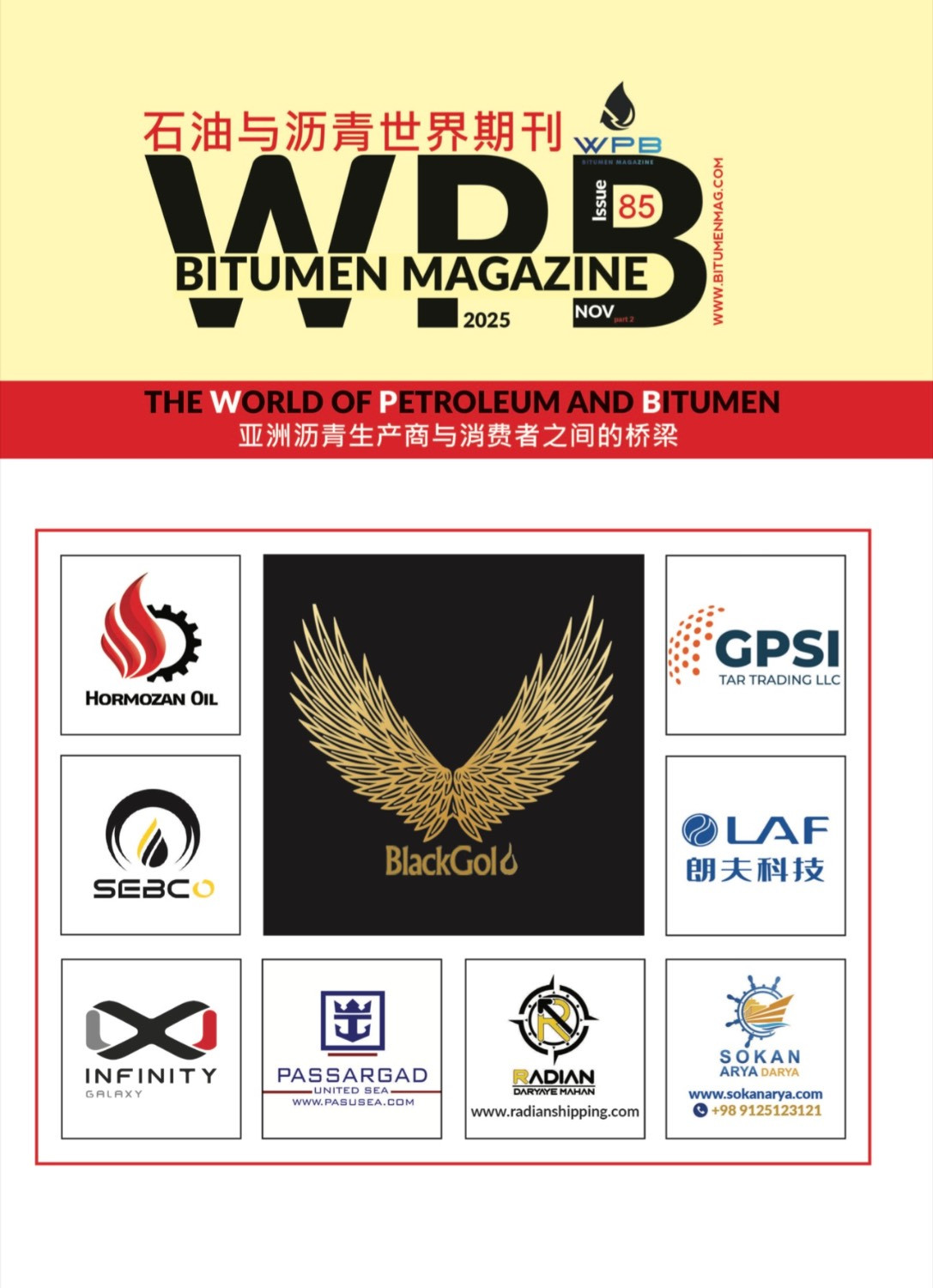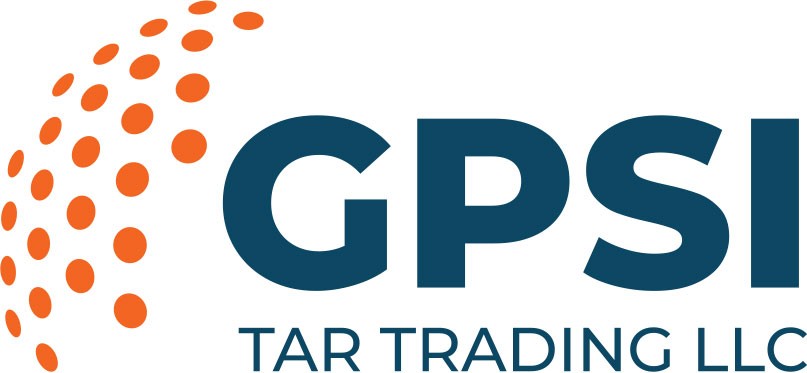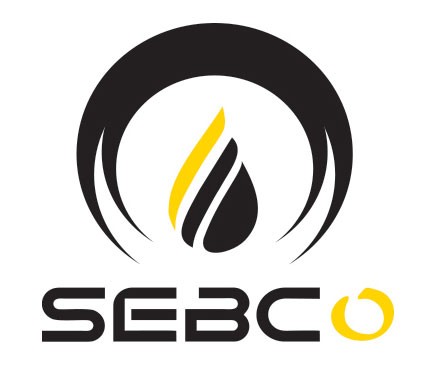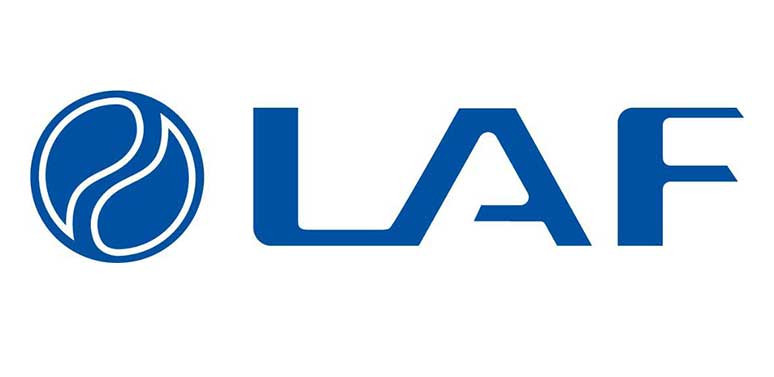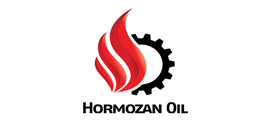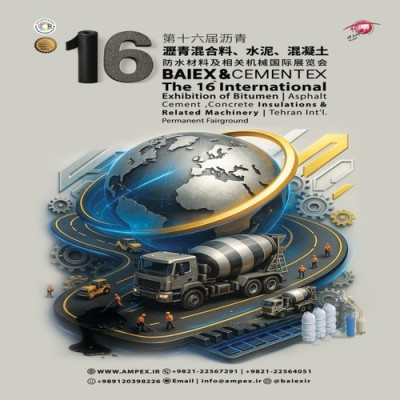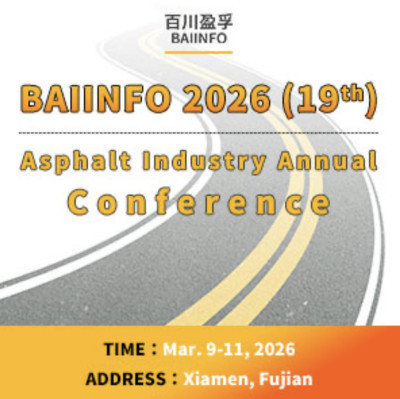According to WPB, In late November 2025, a silent but powerful wave swept across the global energy and shipping sectors: charter rates for the world’s largest crude‑oil tankers — the VLCCs and Suezmaxes — surged to the highest levels seen in nearly half a decade. What at first glance appears to be a shipping‑industry phenomenon is in fact a pivotal turning point for the entire petroleum value‑chain, with potential reverberations down to the surfaces we travel on — our roads, runways, and asphalt networks. As crude flows reroute, freight costs spike, and refining strategies adapt, the ripple effects may hit hard on the production, cost, and availability of heavy‑oil derivatives — particularly bitumen.
The origin of the surge lies primarily in the Western sanctions imposed on major Russian oil producers, which disrupted traditional supply‑routes. Buyers across Asia and elsewhere hastily sought alternative crude sources, redirecting demand to Middle Eastern, Gulf, and U.S. exporters. Consequently, demand for long‑haul tanker voyages exploded. Concurrently, global crude production — buoyed by output increases from OPEC+ nations — kept rising, swelling the amount of oil in transit to levels not seen since 2020. The result: tanker charter rates skyrocketed — benchmark VLCC rates reportedly climbed to almost US$ 137,000 per day, a year‑to‑date increase of nearly 576%. That figure marks a new five‑year high, and broader indices tracking VLCC routes rose above US$ 119,800/day.
This dramatic shift in shipping economics changes more than just balance sheets. Many of the crude barrels being rerouted are heavy or semi‑heavy in composition — the kind most suitable for conversion into bitumen for asphalt production, rather than into light refined fuels. With tanker‑owners commanding record earnings, exporters of heavy crude have renewed economic incentives to bring previously idle or marginal heavy‑oil reserves to market. The upshot: a potential global uptick in supply of crude suitable for bitumen production, with effects particularly felt in tropical, developing and infrastructure‑hungry regions.
For countries in Africa, South Asia, Southeast Asia, Latin America and other parts of the Global South — where demand for new roads, airport runways, and transport infrastructure is high — this could mean cheaper, easier access to raw materials. Lower bitumen prices and faster delivery times may accelerate infrastructure projects, reduce reliance on distant suppliers, and shift the geography of asphalt supply. Asphalt‑producing nations in Middle East, South America or Africa might see increased investment in upgrading refineries or building bitumen‑dedicated facilities, turning crude‑oil surges into blacktop supply pipelines.
But the path is far from smooth. The volatility introduced by the new tanker market — with costs rising, falling, and potentially spiking again at short notice — threatens to destabilize any long-term plans for heavy‑oil‑dependent asphalt production. Projects that assume stable cheap feedstock may find themselves squeezed if freight costs rise further, or if geopolitical disruptions affect shipping lanes or crude supply. Refiners aiming to produce bitumen may face uncertainty around feedstock cost, availability, or scheduling.
Moreover, increasing reliance on heavy‑oil and bitumen comes at a cost: environmental and regulatory pressures are growing worldwide. As production of heavy‑crude for asphalt increases, so do associated emissions — upstream (extraction and transport), midstream (shipping), and downstream (refining and asphalt laying).
Many governments and urban planners now favor lower‑carbon, recycled or alternative road‑surfacing materials, especially in light of climate goals. This rising regulatory and social pressure may blunt the expected boom for heavy‑oil derived asphalts, even if crude supply is abundant and cheap.
Geopolitically, the tanker‑driven shift modifies the global map of oil flows and asphalt potential. Traditional heavy‑oil exporters — Middle East, Gulf states, Venezuela, Russia — may cede some dominance if regions with rising export capacity (e.g. U.S., Latin America, Africa) increase supply. Shipping routes become longer, more complex, and more exposed to chokepoints, trade disputes, and sanctions. For infrastructure‑hungry, developing economies, the risk is clear: a disruption in shipping or supply could stall vital road and transport projects mid‑implementation.
Still, some market actors are betting on stability returning. Tanker‑owners, flush with revenue, are reportedly ordering new vessels, which — if delivered — could enlarge global fleet capacity and dampen freight‑rate volatility in the medium term. Refining companies are also exploring “bitumen‑dedicated” upgrades: simpler, heavier crude inputs processed into asphalt binders rather than fuels. If such investments take hold, parts of the Global South may gain increased autonomy over road‑building materials, reducing reliance on traditional exporters.
In macro view, the 2025 tanker boom may mark a structural inflection point: heavy‑oil derivatives like bitumen are shifting from being marginal by‑products of fuel demand, to becoming central commodities in their own right, as building block for global infrastructure. The surge in freight costs is more than a shipping story — it is a harbinger of change for global asphalt supply, urban development, and the geopolitical geometry of energy trade. For nations, contractors, and planners, the message is stark: prepare for unpredictability, but also for opportunities — in black freight, black oil, and blacktop that may shape the next generation of roads.
By WPB
Bitumen, News, Oil Tanker, Asphalt, Price

